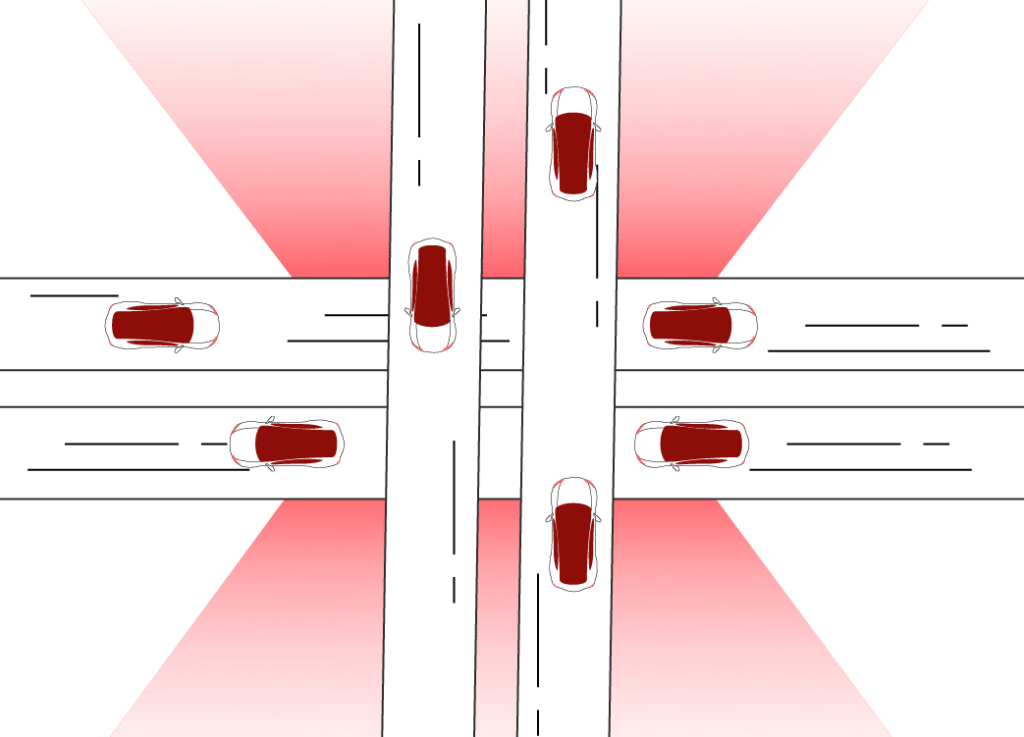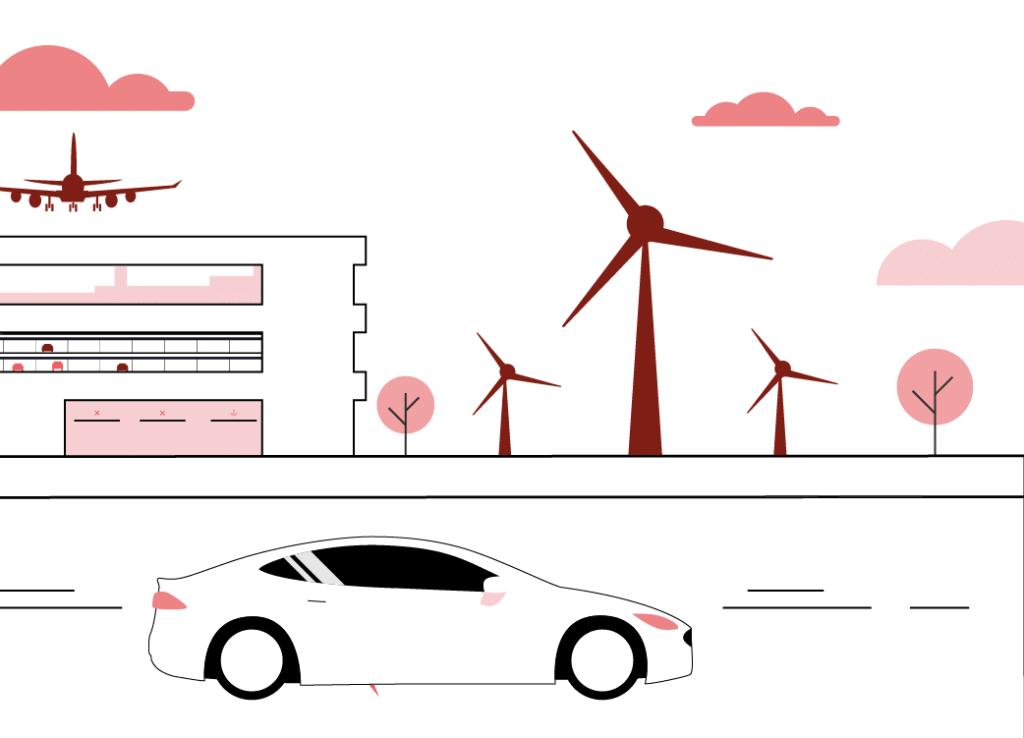
Early Actions
President Biden and the new administration aren’t slowing down when it comes to “Building Back Better.” In just the first few weeks in office, Biden put critical executive orders into effect to mitigate the Covid-19 crisis and to kick start his ongoing focus on equity and environmental initiatives.

The Next Stage
But this is just the beginning. Buckle in. Because the way we move, travel, and stay connected is about to get a big overhaul. On Wednesday, Biden detailed a new $2 trillion plan designed to create jobs, strengthen the economy, and improve equity of access to resources by investing in critical infrastructure like roads, bridges, and airports. Called The American Jobs Plan, this initiative will release funds over an eight-year period to stimulate sustainable growth rather than quick fixes.
Biden proposed a $180 billion investment in research and development in areas ranging from pandemic prevention to innovation hubs. With a focus on financial stability and climate, the plan seeks to implement new technologies in ways that directly impact communities and the environment. For instance, a proposed $46 billion is included for the government to procure clean energy like electric vehicle fleets.

What the American Jobs Plan Means for Mobility
If you’re a mobility operator, it’s time to put one foot in the future.
Investments in transit infrastructure and climate initiatives were a common thread throughout Biden’s plan. And these nation-wide programs will be changing the way people get around and interact with technology for years to come. From public services to green industries that get support from the government, patterns of mobility will change as the American Jobs Plan unfolds.
By anticipating those changes now, mobility and parking operators can work with their communities and local governments to be an asset to growth plans, potentially securing government funds or being the beneficiary of new demand sources in the process.
Check out Part 2 to see key areas of funding and how these projects are expected to influence parking demand.

